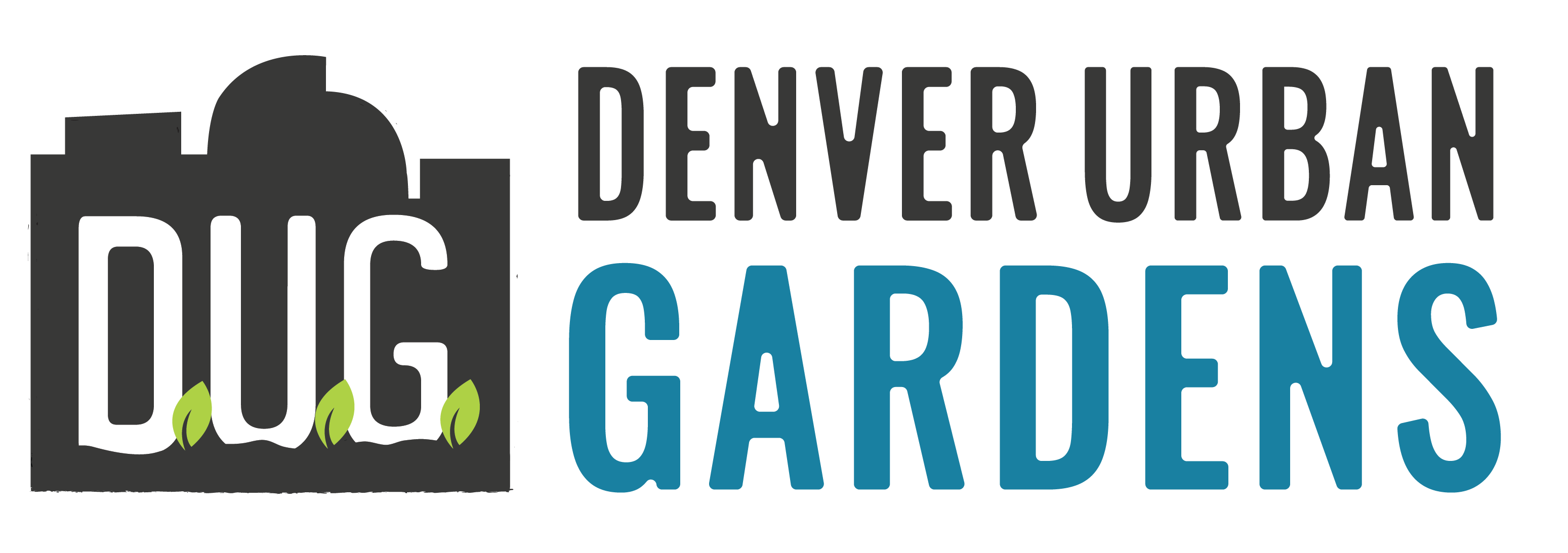I’ve made every gardening mistake in the books so you don’t have to!
By Jennifer “Fern” Deininger, Farmer & Gardener
Sheet mulching, also known as lasagna gardening, is an environmentally regenerative, relatively easy, and financially accessible way to turn a lawn into a garden. Sheet mulching doesn’t involve the use of machinery or tilling, but rather is a method of layering materials in your garden that compost in place (or “cook down”) over time to produce a rich, fluffy topsoil that is perfect for planting vegetables, flowers, and herbs.
Sheet mulching can be used to fill a shallow raised bed, replace a patch of lawn with healthy soil for an in-ground garden, or kill weeds around perennial plants.
After the initial work of sourcing and laying out the ingredients, the sheet mulch breaks down over a period of a few months. (The sheet mulched area will need a few months to decompose before planting it up.) Rather than having a patch of your garden covered in compost, grass clippings, and leaves over the peak growing season, I recommend starting this process in the fall and letting it decompose over the winter. Before we talk about how to do it, it’s best if we cover a bit of compost 101.
Composting is a process in which organic materials are broken down by microorganisms in the presence of air (oxygen) and water. Given enough air, water, and microorganisms, the organic materials turn into a rich mixture of nutrients and good bacteria. Compost holds water much more efficiently than regular soil or bagged gardening soils and sinks carbon into the landscape. Compost requires browns (carbon-rich items like black and white newspaper, dried leaves, sawdust, and straw) and greens (nitrogen-rich items like green grass clippings, pruned parts of your vegetable plants, uncooked vegetable scraps like the tops of a carrot, and coffee grounds) with at least three times as many browns as greens.
When sheet mulching, we layer “greens” and “browns” that then decompose and compost in place over time. If you were to cut into your freshly laid down sheet mulch, it would look like a lasagna or layer cake, but over time it turns into a fully integrated mixture of compost that is perfect for planting. It’s important to note that the sheet mulch will also shrink down over time, meaning if you start with eight inches of material, it will decompose into a few inches of soil over time.
Once you’ve decided where you want to sheet mulch, it’s time to layer!
Layer 1: Start with a layer or two of brown cardboard. This cardboard will suppress weeds and grass, retain moisture to aid in the composting, and is a great snack for our beloved friends, the earthworms! Watering the cardboard will help it stay down if you’re working on a windy day and will help it decompose faster. It is important to remove all staples and non-compostable tape from the brown cardboard prior to use. The cardboard you use should be brown, rather than dyed.
Layer 2: Add half an inch to an inch of greens. Grass clippings are readily available and work well. It’s best to use grass clippings free of pesticides and pet waste, so source carefully.
Layer 3: Three inches of browns, such as straw, fine wood chips, and black and white newspaper shreds. Just make sure you don’t use hay, which often has seeds in it!
Layer 4: Repeat with greens and browns until you’ve reached the desired depth.
Top Layer: The top layer should be a mixture of topsoil, compost, and mulch.
Make sure to water your sheet mulch heavily and leave it to decompose! Topsoil and compost are readily available at landscaping supply centers and local nurseries. If you plan to do a large area, consider using a garden calculator to figure out how many cubic yards of material you will need.
In an arid climate like Colorado where topsoil can take a long time to form in nature, sheet mulching is a great way for homeowners and gardeners to maximize their positive impact on their ecosystem.
It can take 100-1,000 years for one inch of topsoil to form in nature, but by sheet mulching, we can help speed up that process to a few months. Due to the dry nature of our ecosystem, sheet mulching works well when done in the fall so it has ample snow and moisture over the winter as it cooks down. Come early summer, your garden will have shrunk down in size, composted in place, and it will be ready for whatever is next!
Note: Do not add any meat, dairy, oil, eggs, or manure to the garden beds.



